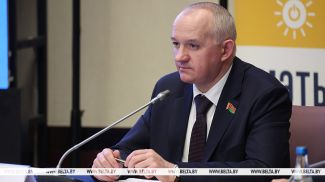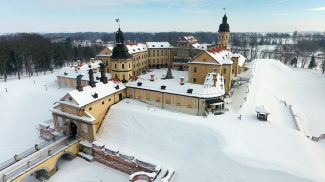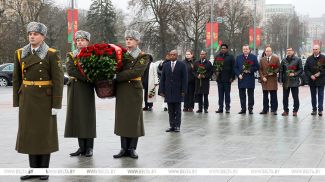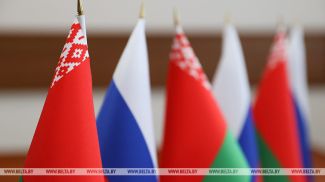MINSK, 9 November (BelTA) – There are plans to improve the genetic status of the micro-population of the European bison in the Naliboki Nature Reserve. These plans are part of the Wetlands project financed by the Global Environmental Facility and implemented by the United Nations Development Program in Belarus in partnership with the Ministry of Natural Resources and Environmental Protection, BelTA learned from the press service of the UNDP Office in Belarus.
A backcasting analysis of the formation of the Naliboki micro-population was conducted; population dynamics and reproduction dynamics were evaluated; a series of field studies was undertaken to assess winter-spring and summer-autumn distribution of the bison population across the territory, including in forage lands and farmland. “There are plans to develop and implement a program to exchange individuals between micro-populations in order to improve the genetic status of the Naliboki herds. DNA testing of several individuals will be conducted to identify genetic diversity and potential of the Naliboki micro-population. In order to get the material, at least five live traps for bisons will be built,” the press service informed.
The results of the DNA testing will be used to improve the genetic status of the Naliboki micro-population. The ultimate goal is to create conditions for long-term preservation of the European bison population in Belarus.
“If successful, these innovative approaches will be incorporated into a long-term strategy to prevent fragmentation of the habitat and to maintain stability of globally endangered spices,” the press service added.
In 2018, some 146 hectares of meadows were restored to be used as forage lands for bisons. Over five years of the project, 490 hectares of forage lands are to be restored. This will allow avoiding conflicts with local agricultural companies and local residents because of the damage to farmland caused by bisons.
Apart from that, the Wetlands project helped increase the tourist appeal of the nature reserve that draws many Belarusian and foreign tourists who want to see bisons in their natural habitat.













